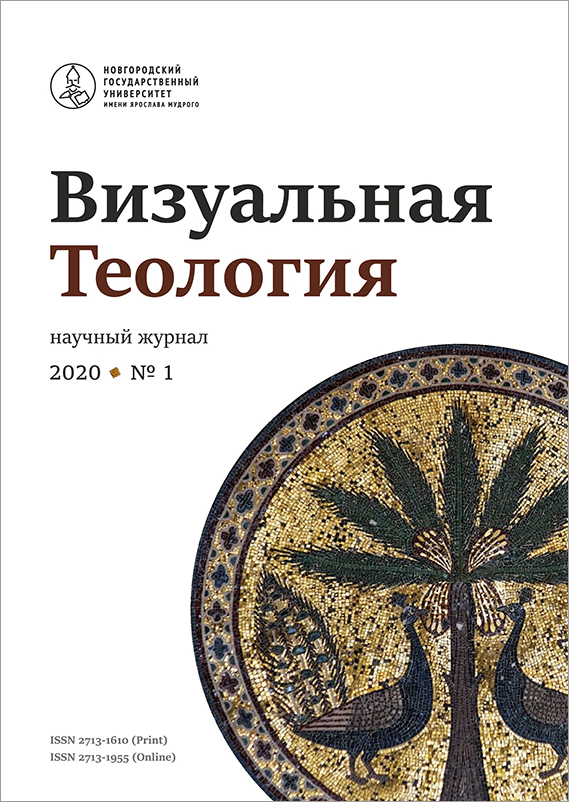Modern “New Jerusalem” in Siberia (on the Example of the Church of the Holy Martyr John the Warrior in Novokuznetsk Diocese)
Abstract
The article examines the practice of constructing a sacred landscape on the example of the modern Orthodox Church of the Holy Martyr John the Warrior in Novokuznetsk (2008). The analysis concerns the concepts introduced by A. M. Lidov: “hierotopy” (a special type of creativity aimed at creating sacred objects) and “image-paradigm” (a multi-layer complex of meanings that is a tool of communication with the watcher). The concept of cultural-semiotic transfer by S. S. Avanesov is used to explain the mechanism of transferring images of the Holy Land to the modern sacred space. The research is aimed at the multi-layer and multi-meaning sacred landscape, which simultaneously reproduces the North Russian “Kizhi”, Jerusalem “Golgotha” and the Athos “Garden of the Virgin”. The transfer of various geographical and temporal topoi of the Holy Land into a single hierotopic project raises questions about the reasons, mechanisms, and necessity of constructing “New Jerusalem”. Besides, this Church is known for the history of finding a newly appeared icon, which is an example of the image-paradigm, that allows to use anthropological and ethnographic methods to explore the interaction of the believer with the sacred image and to fill it with new meaning. The article describes the main image-paradigms of the temple space: “Golgotha”, “Cup of Patience”, “Garden of the Virgin”. The author explores the process of their creation, as well as the relationship of the watcher with the image. Textual data was obtained by in-depth personal interviews with participants and eyewitnesses of the creation of sacred objects, as well as by collecting “secondary” data from the Church parishioners. Both sources provide information about the interaction of the watcher with the image and the process of hierotopic creativity. The author emphasizes multi-layering and organicism (the integrative image of “New Jerusalem” is constructed on the basis of image-paradigms) as features of the sacred landscape. The article describes the connection of the sacred landscape with the specific topos of the Holy Land. The connection appears as partly vivid and partly constructed. The article shows that informants have a necessity to be in the space of the sacred Jerusalem topos, which is the part of the traditional Orthodox identity.



